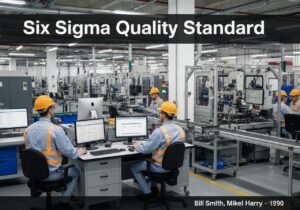This fire class, known as Class K in the US and Class F in Europe and Australia, involves combustible cooking media like vegetable oils, animal fats, and grease. These fires burn at very high temperatures, and applying water is extremely dangerous as it can cause a steam explosion (boilover) that spreads the burning grease. Specialized wet chemical extinguishers are the primary extinguishing method.
The creation of a separate class for cooking media fires was driven by changes in the food service industry. Modern, highly efficient deep-fat fryers heat cooking oils to sustained temperatures at or above their autoignition point. It was discovered that traditional dry chemical (Class B) extinguishers could extinguish the flame, but the oil would often re-ignite because it remained above its autoignition temperature. A new approach was needed.
The solution was the wet chemical agent, typically an aqueous solution of potassium acetate, potassium carbonate, or potassium citrate. When applied to burning cooking oil, this agent performs two functions. First, the water content has a cooling effect, lowering the temperature of the oil below its autoignition point. Second, the potassium salts react with the hot grease in a process called saponification. This chemical reaction creates a thick, soapy foam layer on the surface of the oil. This foam blanket effectively smothers the fire by cutting off the oxygen supply and prevents flammable vapors from escaping, thus preventing re-ignition.
The danger of using water on a grease fire is a key aspect of this class. Because oil is hotter than water’s boiling point, any water introduced instantly flashes to steam, expanding in volume by a factor of about 1,700. This rapid expansion ejects the burning oil from the pan, creating a large fireball and spreading the fire dramatically.
















